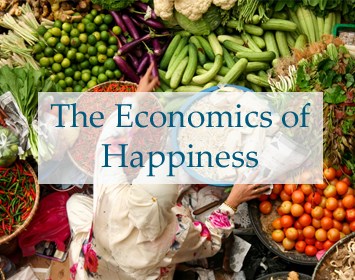Inauguration 2017 Special Coverage w/ Angela Davis, Naomi Klein, Ralph Nader & More
Menu

Special coverage in the Trump Era
From Public Citizen's Corporate Presidency site: "44 Trump administration officials have close ties to the Koch brothers and their network of political groups, particularly Vice President Mike Pence, White House Legislative Affairs Director Marc Short, EPA Administrator Scott Pruitt and White House budget director Mick Mulvaney."
Dark Money author Jane Mayer on The Dangers of President Pence, New Yorker, Oct. 23 issue on-line
Can Time Inc. Survive the Kochs? November 28, 2017 By Jane Mayer
..."This year, among the Kochs’ aims is to spend a projected four hundred million dollars in contributions from themselves and a small group of allied conservative donors they have assembled, to insure Republican victories in the 2018 midterm elections. Ordinarily, political reporters for Time magazine would chronicle this blatant attempt by the Kochs and their allies to buy political influence in the coming election cycle. Will they feel as free to do so now?"...
"Democracy in Chains: The Deep History of the Radical Right’s Stealth Plan for America" see: our site, and George Monbiot's essay on this key book by historian Nancy MacLean.
Full interview with The New Yorker’s Jane Mayer March 29, 2017, Democracy Now! about her article, "The Reclusive Hedge-Fund Tycoon Behind the Trump Presidency: How Robert Mercer Exploited America’s Populist Insurgency."
Democracy Now! Special Broadcast from the Women's March on Washington
The Economics of Happiness -- shorter version
Local Futures offers a free 19-minute abridged version of its award-winning documentary film The Economics of Happiness. It "brings us voices of hope of in a time of crisis." www.localfutures.org.
What's New?
October 28, 2007
Ecologist Sandra Steingraber explores the eco-causes of early puberty.
"Over the course of just a few decades, the childhoods of U.S. girls have been significantly shortened. Girls get their first periods, on average, a few months earlier than did girls 40 years ago. But they get their breasts, on average, one to two years earlier. Recent studies show that the advent of breast budding - one of the earliest visible signs of puberty - appears to be arriving earlier and earlier in the lives of U.S. girls. We need to know why.
As a biologist, I'm accustomed to distinguishing cause from consequence and consequence from co-variable. But in the puberty story, so many variables are interwoven and interdependent that, as I began to trace the threads of causality to their beginning points, I sometimes felt as though I were caught in a Mobius strip. For example, obesity raises the risk of early puberty in girls, but weight gain itself is a consequence of early pubertal development. And risks for both obesity and early puberty are raised by being born too small or too soon - risks that are modulated by maternal exposure to certain environmental chemicals during pregnancy. Even as I strove to isolate each variable and discuss its relative importance, I found it necessary to return to particular topics several times and in several different contexts, because the potential influences on puberty are manifold and diverse.
All of the stressors that appear to contribute to early puberty in girls - obesity, television viewing, sedentariness, family dysfunction, preterm birth, formula-feeding, chemical exposures - are higher in poor communities and communities of color where poverty, racism, unemployment, and toxic substance exposures are high and access to nourishing food and safe places to exercise is low. In particular, U.S. black children are disproportionately exposed to physical environmental stressors, and it is also this group that reaches puberty earliest among U.S. girls..."
read full story here

